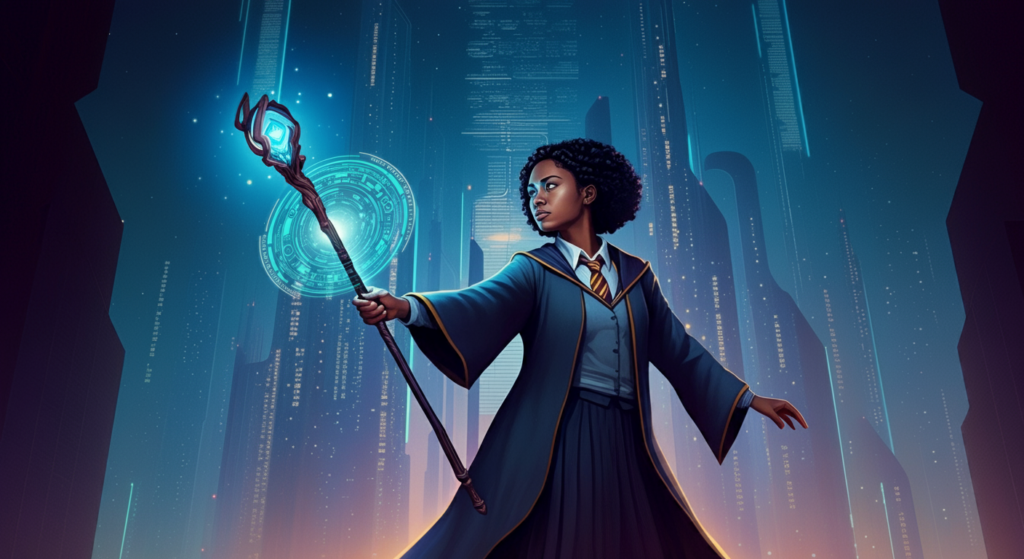Magic has always been a blend of art and science, with illusions crafted to defy logic and captivate audiences. In the digital age, this ancient art form is undergoing a profound transformation, fueled by technological advancements. From augmented reality (AR) to virtual reality (VR), magicians are now integrating cutting-edge tech to elevate their performances and redefine what’s possible in the world of illusions.
Technology Meets Tradition
Traditionally, magic relied on sleight of hand, misdirection, and physical props. Today, these fundamentals are being augmented with technology to create illusions that would have been unimaginable a few decades ago. For instance, AR enables magicians to project interactive holograms, adding layers of visual intrigue to their acts. VR, on the other hand, allows audiences to step into fully immersive magical worlds, breaking the boundaries of physical space.
Enhancing Audience Engagement
One of the most significant benefits of technology in magic is the ability to engage audiences on a deeper level. Imagine watching a magician pull a card out of your smartphone screen or witnessing a live performance where objects appear to float in mid-air, thanks to holographic projection. These innovations not only wow audiences but also make magic more accessible to a global audience through virtual shows.
Challenges and Opportunities
While technology offers incredible opportunities, it also presents challenges. The reliance on gadgets and software can sometimes overshadow the magician’s skill. However, artists like Marshall of Magic are proving that the fusion of traditional techniques and modern tools can result in performances that are both technically impressive and emotionally resonant.
As technology continues to evolve, so too will the art of magic. The digital age is not replacing traditional illusions but enhancing them, offering a glimpse into a future where magic is limited only by imagination.






